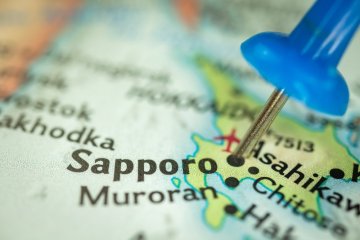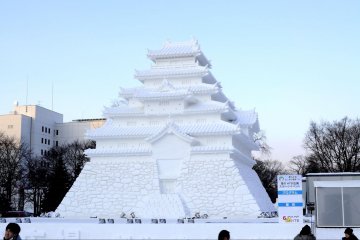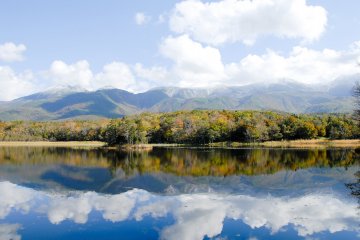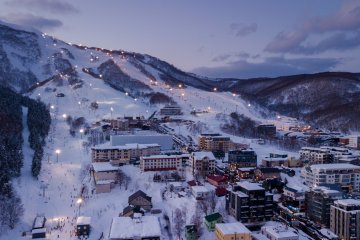Hokkaido is the northernmost of Japan's four main islands.
Filled with natural beauty, the prefecture's mountains, lakes, and parks provide nature enthusiasts with a plethora of excursions throughout the year. During the warmer seasons, Hokkaido's hiking trails and lakes offer remarkable views and its parks are in full bloom. In winter, the island shines with relaxing hot springs and renowned winter sport spots. For the urban adventurers, Hokkaido's cities of Sapporo, Otaru, and Hakodate are filled with museums, restaurants, and much more.
1. Blue Pond
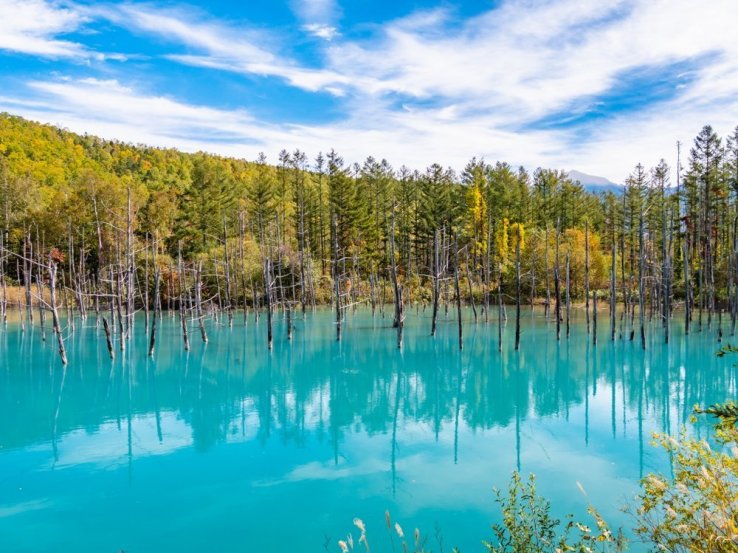
Blue Pond, or Aoiike, is located in the small town of Biei. People flock to this scenic pond year-round to witness the seemingly unreal color. The magnificent blue is most vibrant in late spring through early summer and is the result of aluminum that flows in from the Shirahige Falls. The man-made pond is the byproduct of a dam built to protect Biei from the volcanic mud of Mt. Tokachi's eruption. Within the Blue Pond are submerged larch and silver birch trees, remnants of the forest before it was partially flooded. On windless days, the pond resembles a mirror, and visitors are treated to a perfect reflection of the sky. You can travel to Blue Pond during any season and whether the trees are sparkling with snow or the glass-like pond is mirroring the summer sky its uniqueness is guaranteed to fully mesmerize you.
2. Farm Tomita
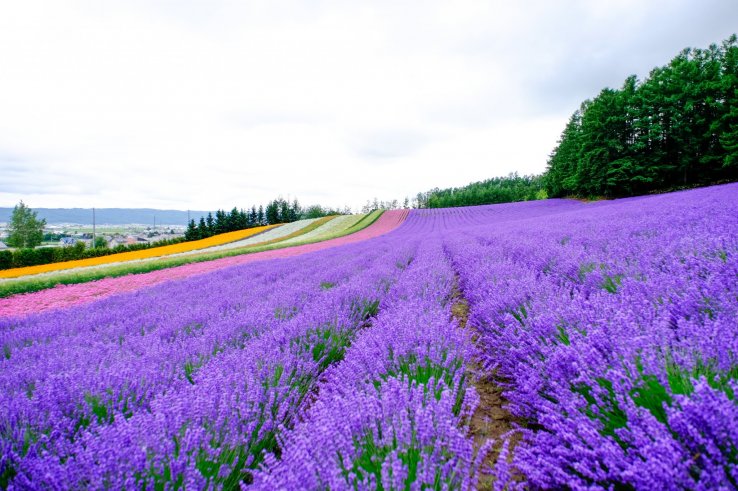
Envision standing in a field encircled by a kaleidoscope of color and floral scents floating on the passing breeze. No need to imagine any longer. Farm Tomita is a popular attraction in Furano, a town centered in Hokkaido. On a clear day, Farm Tomita is an explosion of color, with its rainbow flowers seamlessly flowing into the blue sky. The best time to visit the farm is from late June to early August when the flowers are in full bloom. Although the farm offers an array of blossoms, it is most famous for its lavender fields. If you desire to see the lavender, we recommend that you visit the fields in July when the hills are blanketed in purple.
3. Hakodate
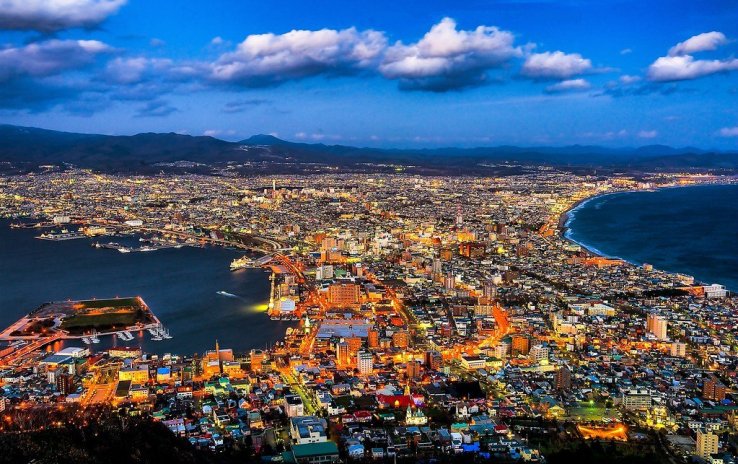
The city of Hakodate is located on the southern tip of the island and is cradled by the Sea of Japan and the Pacific Ocean. With its history as a port city, Hakodate is known for its abundance of fresh seafood, lending to its exquisite sushi and rice bowls. Foodies can treat themselves to a stroll through the city's morning market, where they can peruse the catches of the day.
Hakodate lies at the foot of Mt. Hakodate. The viewing platform at the mountain's peak is a popular spot for visitors and natives alike. The night time view of the city is one of the best in Japan, as visitors are treated to an expansive sight of the city's dazzling lights. While the bird's-eye view of Hakodate is remarkable, you can only truly experience the city by walking its streets. The city is home to unique spots such as the star-shaped park of Fort Goryokaku, the historic neighborhood of Motomachi, and Onuma Park. With its diverse offerings, Hakodate has something for everyone.
4. Akan National Park and Lake Mashu

With breathtaking lakeside views, lush forests, and volcanoes, Akan National Park is a must-see spot in Hokkaido. Located on the eastern side of the island, the area is one of Japan's first national parks. The abundance of natural beauty makes the park an ideal place for sightseeing and hiking. The park is home to three lakes: Lake Akan, Lake Kussharo, and Lake Mashu. A trip to Akan National Park would be incomplete without a visit to Lake Mashu. This lake is one of Japan's most stunning natural attractions with extremely clear water and surrounding mountains. The park's observation decks provide visitors with panoramic views of the stunning landscape. Lake Mashu is equally famous for the fog that often blankets its blue water, creating a hauntingly beautiful atmosphere.
5. Lake Shikotsu and Lake Toya
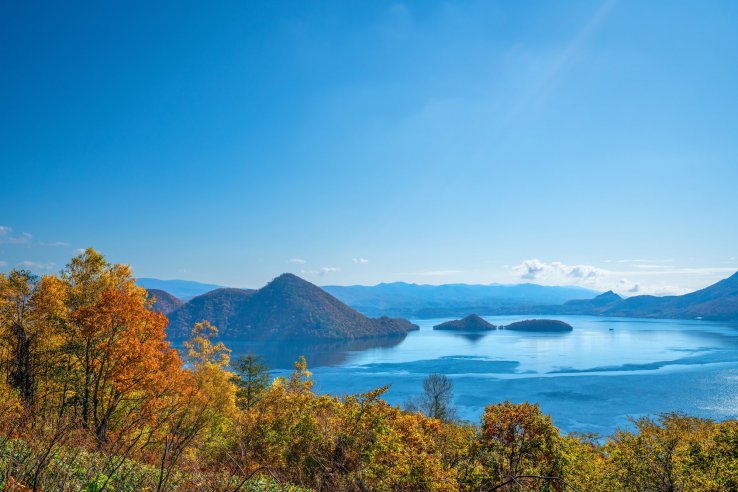
Lake Shikotsu and Lake Toya are popular lakes located in Shikotsu-Toya National Park. The park is on the western side of Hokkaido, well removed from busy urban life, with the small town of Shikotsu Kohan being the closest developed area. Both lakes were formed due to volcanic activity, which caused areas of the earth to collapse. On Lake Shikotsu's coast, hikers can explore trails and trek up Mt. Tarumae. By Lake Toya, visitors have the opportunity to observe huge craters recently formed by Mt. Usu's eruption. After hiking, both lakes have onsen, or hot springs, nearby where weary travelers can rest their bodies.
6. Asahiyama Zoo

Asahiyama Zoo rests on the outskirts of Asahikawa city, which is in the center of Hokkaido. The zoo is known for its uniquely designed enclosures. Visitors can "swim" with penguins by walking through a glass tunnel, watch lesser pandas run above them on suspension bridges, and much more. The lively atmosphere immerses visitors in an exciting and educational experience. The zoo hosts a diverse population of animals with native Japanese species as well as international ones.
7. Otaru
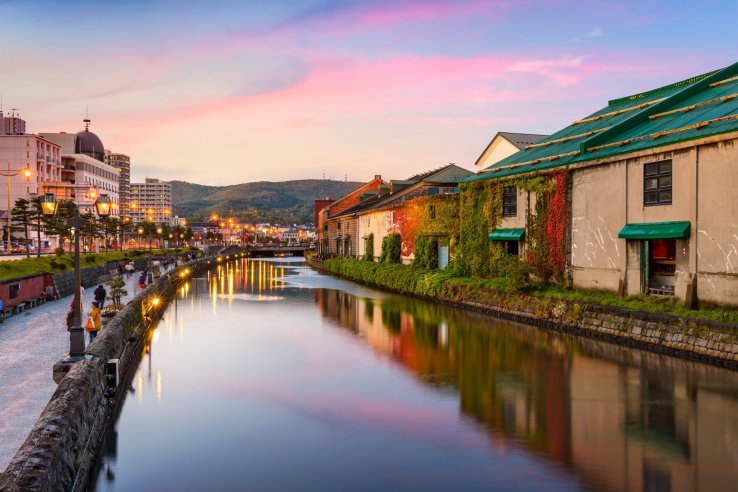
Otaru is a small port city located on Hokkaido's western coast. The city attracts Japanese natives and tourists alike with its charming environment. Visitors can walk along the Otaru Canal, which is the city's most popular attraction, or take boat tours through the area. At night, the canal is illuminated by dozens of traditional oil lamps. The light's reflections on the water coupled with the historic buildings lining the canal create a truly magical scene. After spending time on the water, visitors can explore Otaru's streets. The city is filled with museums, including the Otaru Museum and glass-blown souvenirs, products of its presence in the glass-blowing industry. Of course, with its history as a fishing city, Otaru has some of the freshest seafood in the area as well. The small city is swimming with memories waiting to be caught. Just cast your line. You’re certain to get a bite!
8. Sapporo
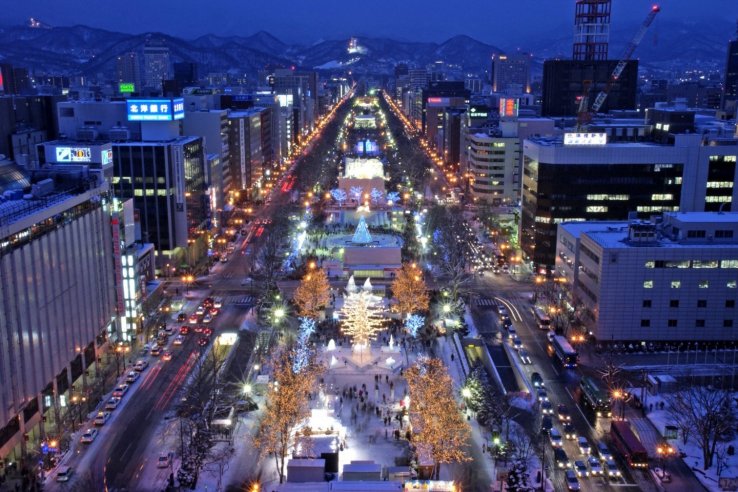
Sapporo, Hokkaido's capital, is Japan's fifth-largest city and one of the most popular destinations in Hokkaido. The city shines during winter with resorts offering therapeutic baths, renowned skiing and snowboarding slopes as well as its annual snow festival. The Sapporo Snow Festival takes place one week in February every year. The festival is filled with exquisite snow sculptures, warm food and beverages, and snow activities such as slides and ice rinks. The festival's jubilant atmosphere transforms the longest nights into a winter wonderland.
Sapporo is also home to Odori Park, which is a public park in the heart of the city. The large area is filled with trees, flowers, and fountains, creating a relaxing environment in the bustling city. Another exciting feature of Odori Park is the Sapporo TV Tower. The tall structure's design is based on the Eiffel Tower and offers beautiful views of the city from the top. For beer lovers, the Sapporo Beer Museum is a short drive away from the park and has beer production tours as well as tasting. Visitors cannot forget to try the local cuisine, with hairy crab and ramen being the area's staples.
The large city is bursting with activities, destinations, and culture, making it a required stop for visitors traveling to Hokkaido.
9. Shiretoko National Park
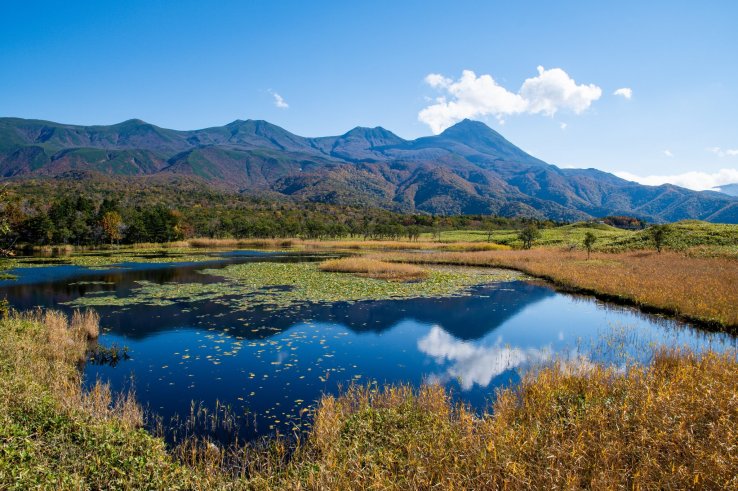
Shiretoko National Park is located on the Shiretoko Peninsula, which is on the eastern side of the island. The national park is well removed from the developed areas of Hokkaido and is known for its untouched environment. In 2005, the peninsula was designated as a UNESCO World Heritage Site. The remoteness of the area makes it an ideal getaway for hikers craving a break from the busyness of modern life. Visitors can enjoy the park's lakes, waterfalls, forests, and mountain views. The park is filled with diverse wildlife, including deer, foxes, brown bears, and eagles. For individuals who want to observe the peninsula from the water, the park offers nature cruises along the coast. During these cruises, visitors have opportunities to observe aquatic life, such as dolphins and whales. Shiretoko National Park's undisturbed wilderness is truly a remarkable experience.
10. Niseko

Niseko is a town situated on the southwestern side of Hokkaido and is world-renowned for its ski resorts. People from all around the world travel to Niseko to take advantage of its fluffy powder snow, which provides unique skiing and snowboarding experiences. Niseko's resorts offer countless slopes with varying degrees of difficulty as well as off-trail skiing. Due to the large number of foreigners that visit the area, the resorts are easily navigable with English markings and signs. The area is comprised of multiple ski resorts with Grand Hirafu, Niseko Village, and Annupuri being the most visited ones. Grand Hirafu and Niseko Village are filled with restaurants, bars, and shops, while Annupuri is more secluded. Regardless of which resorts travelers choose to stay at, the diversity of Niseko’s lodgings and surrounding activities ensure that visitors’ times off the slopes are as equally thrilling as their times racing down the mountainsides.





